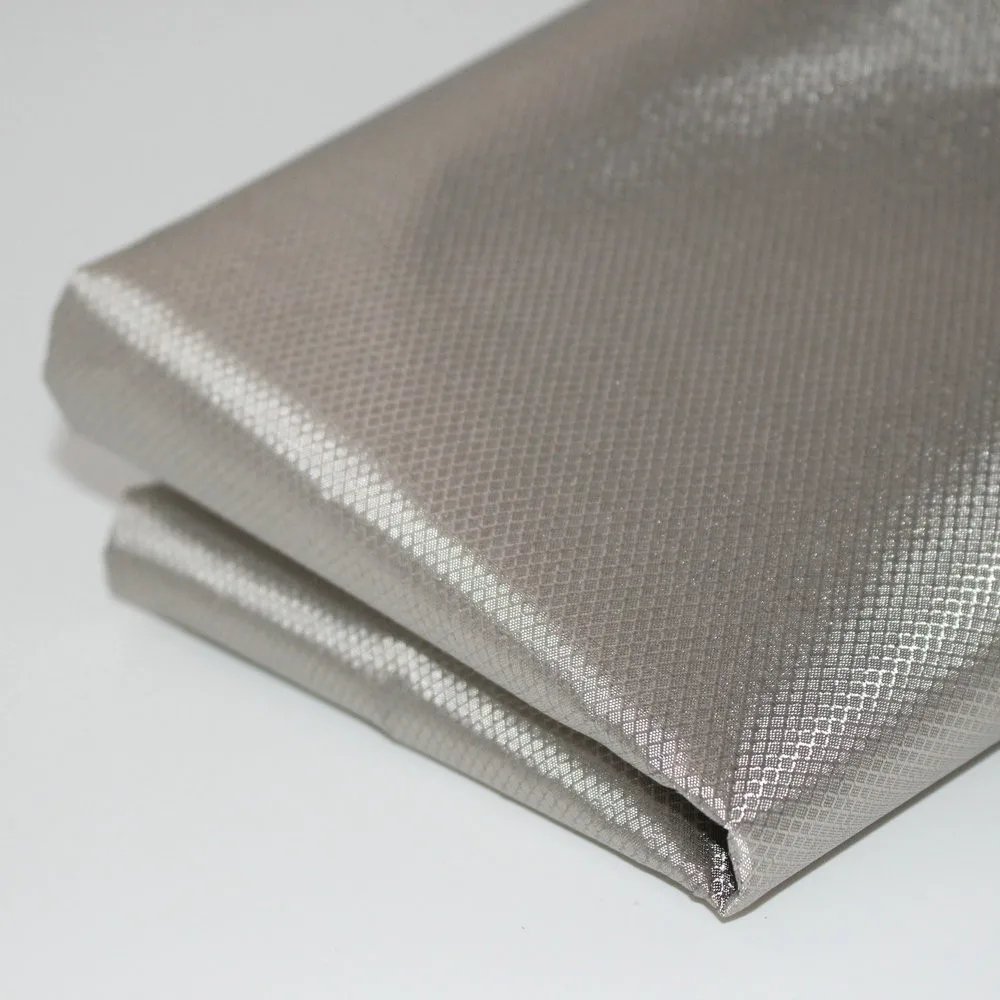If you've ever walked through a town and spotted tiny mini 5G cell towers on street light poles. They look like small boxes, but they're actually broadcasting wireless signals from cellular providers to your phone.
These smaller towers are replacing larger, purpose-built cell towers. While they're not as noticeable, they still can cause issues for users.
The FCC's Radiation Exposure Thresholds
The FCC's Radiation Exposure Thresholds establish the safe limit at which a person can be exposed to electromagnetic energy generated by wireless devices. The limits for exposure are based upon scientific research which show that the energy of RF could be harmful to health.
The specific absorption rate (SAR) is a measure of the amount of radiofrequency energy that is absorption by tissues. It's usually 1.6 milliwatts per kilogram averaged over one gram of tissue.
Since 5g is able to transmit at higher frequencies this could be able to increase the intensity of energy on the skin as well as other body parts. This could result in various possible harms, such as an increase in formation of skin disorders such as dermatitis and cataracts, and skin cancer.
Because of the potentially severe effects of 5g radiation, PSU has chosen to create a general power density limit of 4 mW/cm2 based on the average across 1 centimeter, and not to exceed 30 minutes for the entire 5G spectrum at 3000 GHz. This localized limit is in accordance with the peak SAR spatial-average of 1.6 W/kg averaged over 1 g of tissue at 6 GHz.
The FCC's Maximum Exposure Thresholds for Maximum Exposure
If you've ever operated a cell phone, you're probably aware that the safest distance from the tower should be at least 400 meters away. This is due to the transmitting power of a cell tower increases dramatically the further away you are from it.
Although how to protect your body from 5g may sound like something that's good however, people who live close to towers might be more prone to health problems. For instance, a study conducted in 2014 in India found that residents who lived within 50 meters of cell towers had significantly more health complaints than those who lived farther far from antennas.
But, the study found that people who moved to areas that were further from cell towers experienced their symptoms return to normal within a couple of days. Studies have also demonstrated that exposure to extreme amounts of electromagnetic field radiofrequency (EMFs) can lead to cancer, brain tumors as well as other health issues.
This is due to the fact that RF radiation, used in wireless communication, can be absorbed by the body's outer layer, which is the skin. This is important to understand since the skin serves as a protective barrier against injury to the body, infection by pathogenic microorganisms, and infiltration of toxic substances. Additionally, it is the biggest organ of the human body. It is accountable for keeping the integrity of the other organs.
The FCC's Minimum Exposure Thresholds for the Minimum Exposure

The FCC's Minimum Exposition Thresholds depend on numerous assumptions that are not supported by evidence from science. They include the false belief that exposures to RF radiation are safe because of the minimal absorption into body (i.e. thermal heating of tissue).
This assumption does not take into account the more extensive penetration of ELF parts of modulated RF signals and the effect of brief bursts of heat from pulsed RF waves. how to protect yourself from 5g radiation are not in line with current understanding of the biological consequences of RF radiation, and thus they shouldn't be considered for health protection exposure standards.
Additionally, the ICNIRP and FCC restrict their maximum limit of exposure to the local SARs, based on the maximum spatial specific absorption rate (psSAR) that is an inadequate dosimetric tool to determine the degree of exposure to RF radiation. Particularly, psSAR is how to protect yourself from 5g radiation for frequencies that exceed 6 GHz. In addition, psSAR is not been tested for RF radiation exposed to other environmental agents such like sunlight. In the event of interactions, RF radiations with different environmental agents could produce synergistic or antagonistic results. This can lead to an increased risk of negative health adverse effects. For example, co-exposure to RF radiation with sunlight may increase the risk of skin cancer and exacerbate other skin diseases such as acne.
